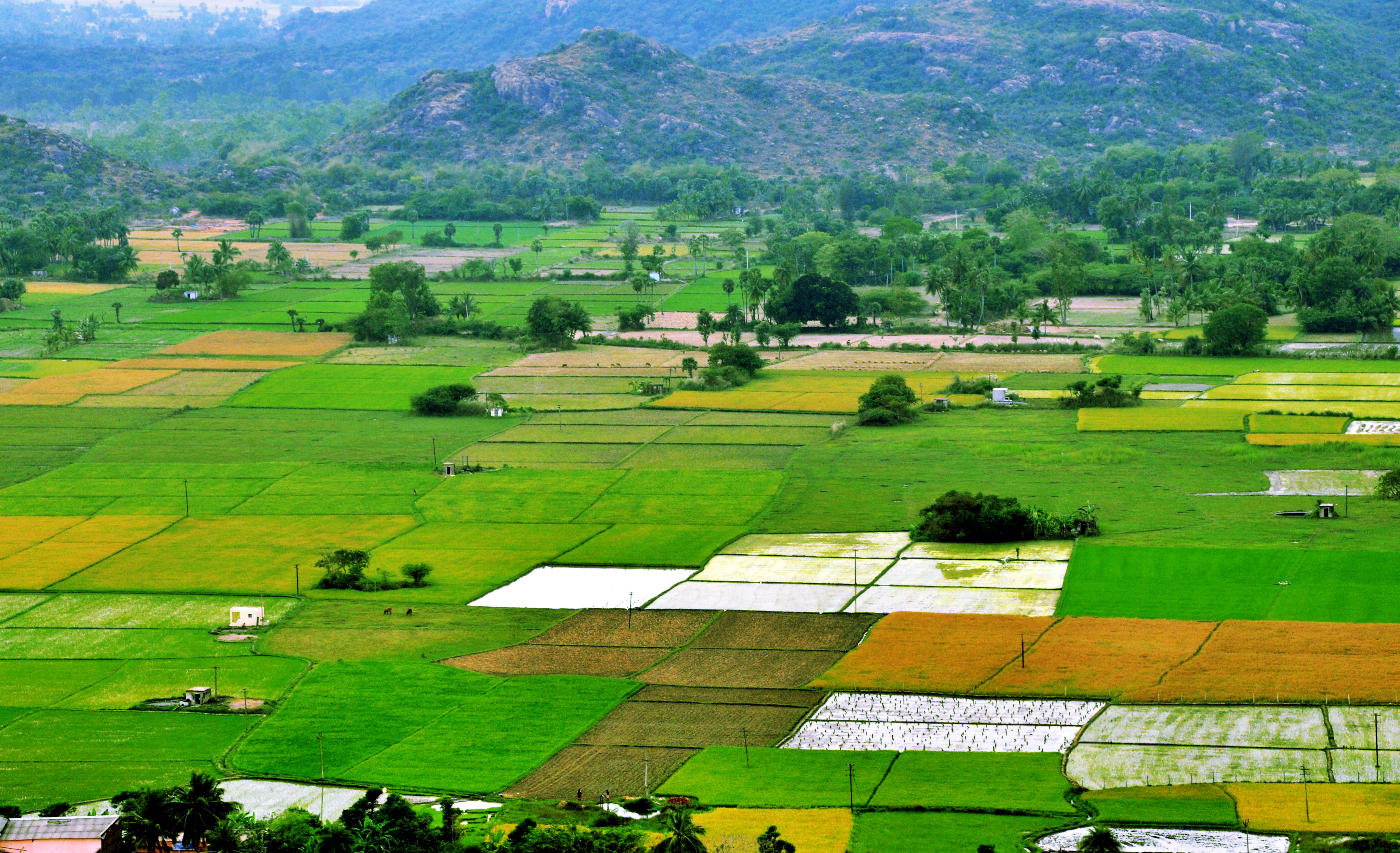Uneven Economic Development Among India’s States

Please note that we are not authorised to provide any investment advice. The content on this page is for information purposes only.
A handful of India’s regions have marched ahead economically, leaving others behind.
India is heavily dependent upon a few states such as Gujarat, Maharashtra, Andhra Pradesh, Tamil Nadu and Karnataka. But states in East and Northeast India have not seen, for various reasons, the same levels of growth. The emphasis put on promoting tourist attractions in these states has also been lacklustre in comparison. Some have become popular tourist destinations, while other potential tourist spots lack the attention they deserve.
A handful of India’s regions have marched ahead economically, leaving others behind.
India is heavily dependent upon a few states such as Gujarat, Maharashtra, Andhra Pradesh, Tamil Nadu and Karnataka. But states in East and Northeast India have not seen, for various reasons, the same levels of growth. The emphasis put on promoting tourist attractions in these states has also been lacklustre in comparison. Some have become popular tourist destinations, while other potential tourist spots lack the attention they deserve.
Prime Minister Modi has often emphasised the need to make sure that the gains from growth more equally share India’s regions. In his recent trip to the Northeast, he reiterated this, but also suggested that the vision for the Northeast needs to be more ambitious. He suggested that the Northeast develop as a tourist destination, with an emphasis on better connectivity with the rest of the country, as well as better overall facilities. The Prime Minister called the region a ‘Natural Economic Zone’.
India could learn from the rejuvenation of China’s provinces, such as Yunnan, to help the transformation of its regions into economic centres and tourist hubs. Kunming, the capital of Yunnan province, has rapidly transitioned to a strategic and tourist hub, becoming a key point of connectivity for Myanmar and a key proponent of the BCIM Corridor (Bangladesh, China, India and Myanmar). Kunming also hosts an annual South Asia Expo.
Kunming has made rapid economic strides in the past few years. It has also emerged as a tourist destination for residents of neighbouring countries. Increased efforts to promote the local culture of the province have led to an increase in tourism. Kunming is home to a ‘Yunnan nationalities museum’, but also a village that highlights the art and crafts of the region.
It is time that India too looked for its own Kunming — that is, a well-connected hub with strong tourism potential — in the east or northeast of the country. Northeastern states well connected to Myanmar and Bangladesh. India’s federal and regional governments need to cooperate. The state of West Bengal in East India, for example, could be a bridge between the Northeast and the rest of the country. Its geographical proximity to neighbouring countries is also beneficial. The growth of West Bengal, however, will not just require the creation of world-class infrastructure, but a more professional approach towards the promotion of tourist attractions.
Small northeastern Indian states like Tripura and Assam, which are strategically located also, require greater attention and investment. They have been showing interest in emerging as important economic destinations and have immense potential as tourist destinations.
Respective state governments and the central government will have to take the lead in developing these cities as important economic and tourist hubs. Just holding investor summits is not enough. Promoting the tourism industry will also be critical. There is a growing realisation that growth in western and southern India is not sufficient. Rather than waiting for a trickle down to other regions, the central government must go the extra distance to promote and develop regions, which have so far, been neglected.
India’s laggard states need attention, too is republished with permission from East Asia Forum




